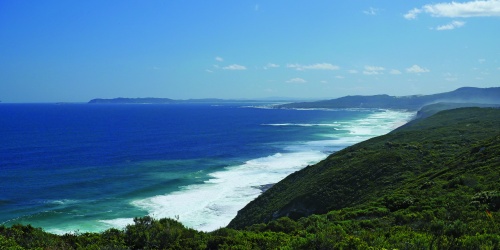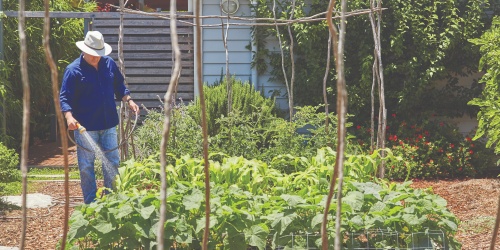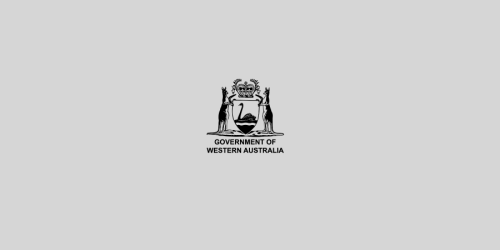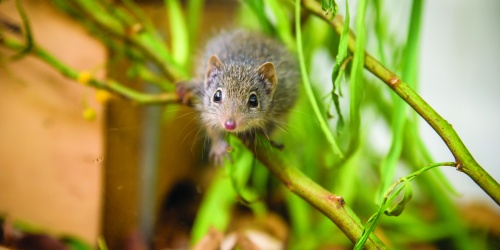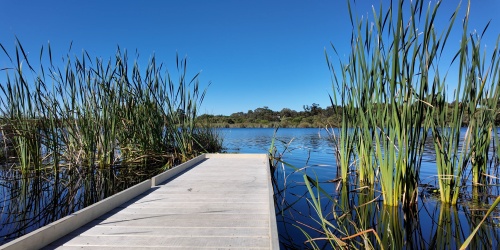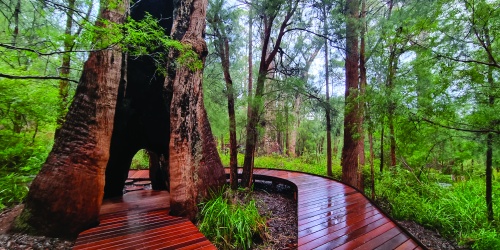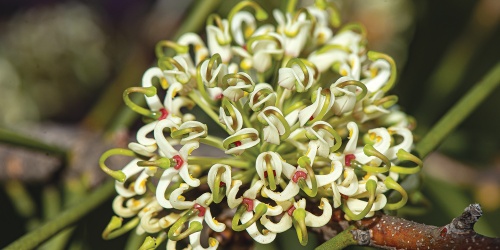Features in this issue
-
Clear the tanks
Dibbler breeding program a resounding success -
Denmark giving the WOW factor
Wilderness Ocean Walk Trail near Denmark -
Stirling Range National Park
Explore the highest peak in WA's south-west -
New protection for ancient sites
Caring for Nharnuwangga Wajarri Ngarlawangga Country -
Ray of White
Southern eagle rays in the Swan-Canning Estuary -
Mysterious centipedes
Exploring the incredible world of predatory arthropods -
Listening to the seasons
Sensed phenomena of seasonality -
Down the garden path
Josh Byrne shares his love and passion for sustainability -
Muddy hands happy hearts
Olivia enjoys some unstructured play outdoors
